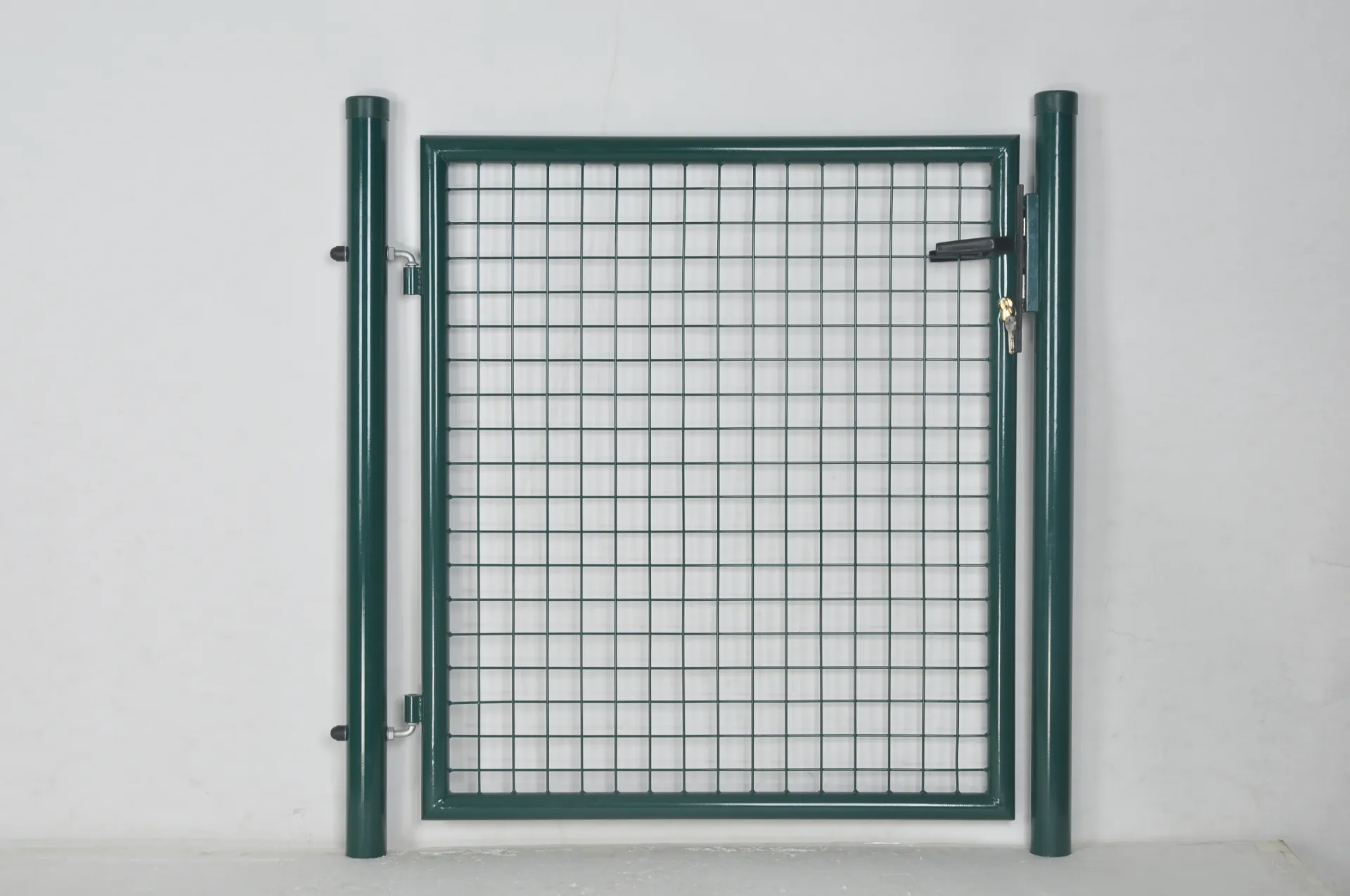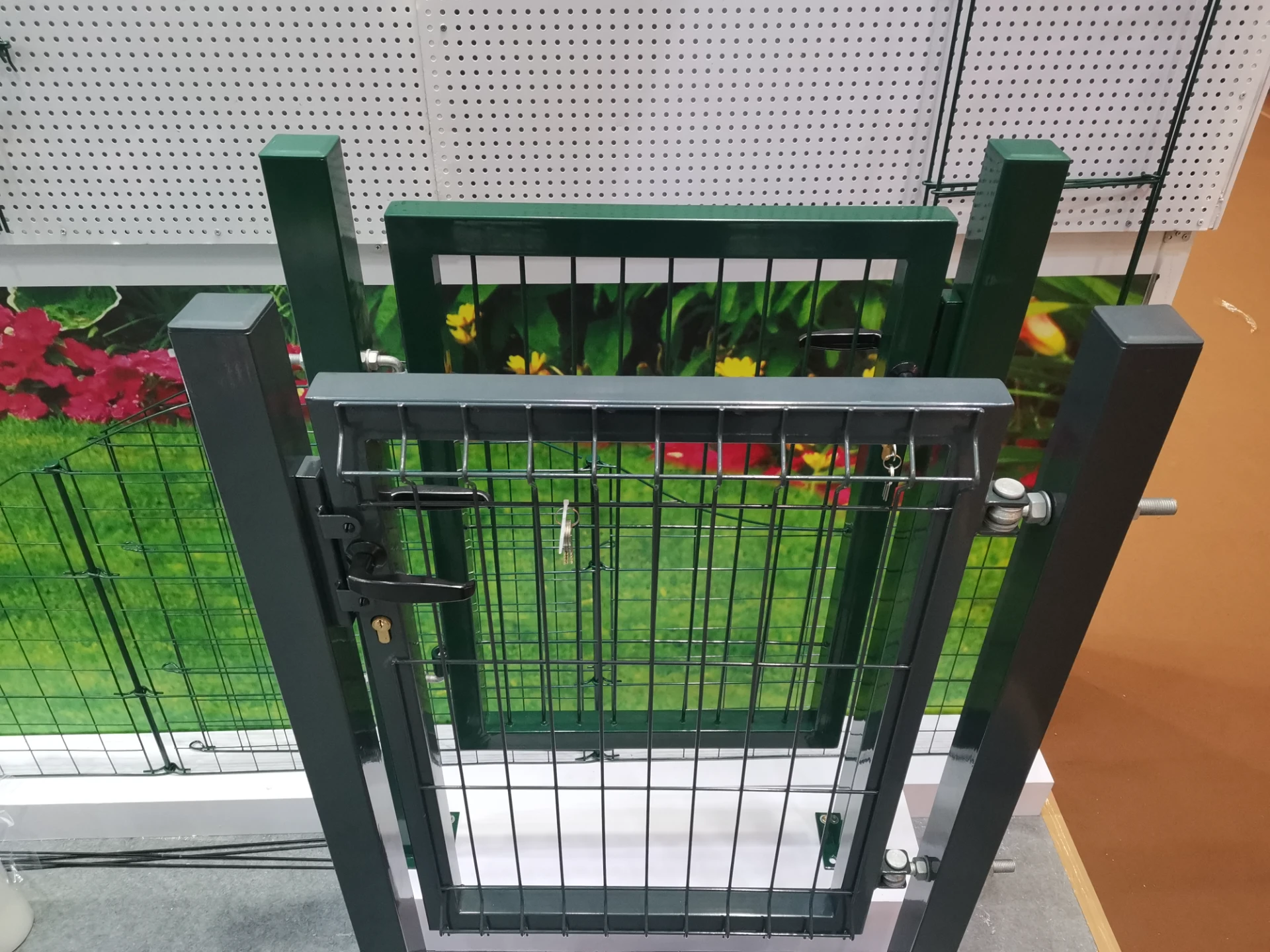

Consider maintenance costs when evaluating deer fence prices. Wire mesh and steel fences benefit from their durability, requiring minimal maintenance, which in the long term could save you a considerable amount of money. Polypropylene fences, while initially more affordable, may necessitate more frequent repairs or replacement due to UV degradation or physical damage. Calculating the potential maintenance expenses can provide a clearer picture of the long-term financial obligations. The geographical location of your property can also influence deer fence pricing. Regions with a high prevalence of deer, such as rural areas or properties adjacent to forests, may experience escalated costs due to increased demand. Furthermore, local building codes may require specific fence types or heights, adding another layer of possible expenses. Finally, take into account the environmental impact and aesthetics of your deer fence. Environmentally friendly options, such as recycled materials or sustainably sourced wood, might carry higher upfront costs but appeal to eco-conscious consumers seeking to minimize their environmental footprint. Additionally, aesthetic considerations like color or style customization may influence the overall price but can enhance the visual appeal of your property. In conclusion, understanding deer fence pricing requires a comprehensive analysis of several interconnected factors. By evaluating the material type, height, installation options, and ongoing maintenance, you can accurately gauge the overall investment needed for an effective deer deterrent system. This knowledge, grounded in experience and expertise, empowers you to make a decision that balances functionality, aesthetics, and cost-effectiveness, ensuring your property remains safeguarded from unwelcome wildlife intrusions while preserving its visual appeal.
Prev:
















